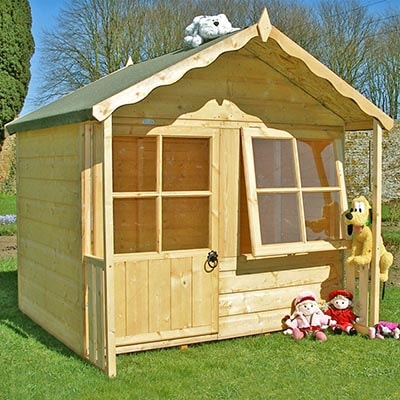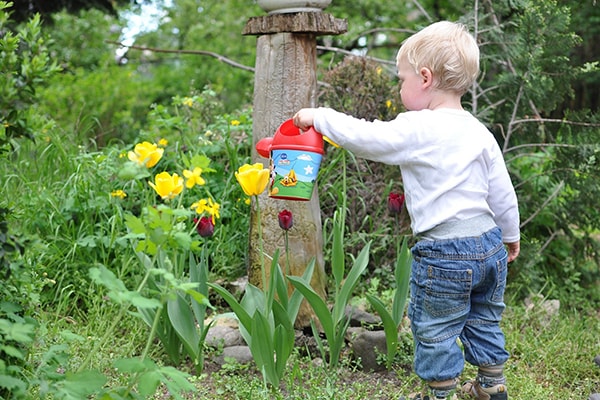
Outdoor Learning: the natural way
If the thought of any more "home learning" fills both you and your young charges with horror, try inspiring them with projects in the garden. Gardening doesn't have to be all weeding, digging and mowing. These creative gardening ideas count as biology, environmental science, physical education and food technology. Plus – most importantly – they are great fun.
So, dig in to these gardening projects for kids…
Cress heads
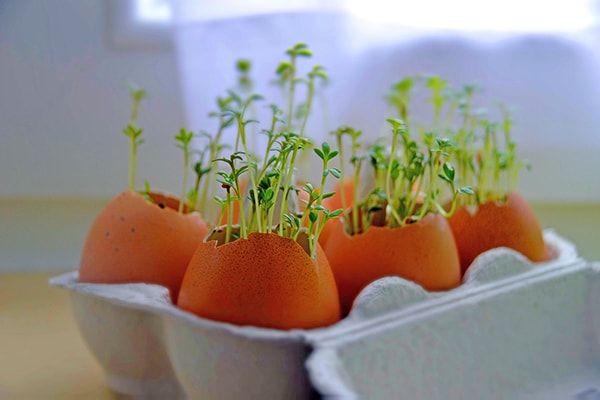
An oldie but a goodie, cress is such a simple seed to sow and grow. Your children will see results within a week and they are highly entertaining to watch - and it gives you a chance to practice your home hairdressing .
After baking, save the empty egg shells and gently wash them out. Carefully prick small holes into the solid end of the shell and fill with a multipurpose compost.
Sprinkle a pinch of seed onto the surface of the compost and place the egg head in a holder.
Draw a face on the shell while waiting for the seeds to germinate and produce a bright green frilly mane of hair.
Now you (or older children) will have a chance to practice those home hairdressing skills. Just give the egg a haircut when it's time for your egg and cress sandwiches.
Save the shells, and repeat! Endless fun.
Grow big
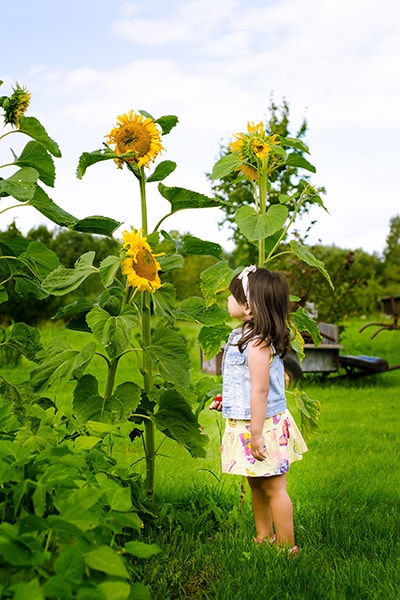
Sunflowers are super easy to grow and seeds are still readily available from most supermarkets.
Pop a seed into a small pot filled with multipurpose compost, water and place on a saucer on a sunny windowsill.
Give it 7 days and the first shoots of what could be a whopper will emerge. Keep them in that pot for a fortnight and then in mid-May - when any frost warnings have finished - plant into a sunny spot in the garden.
Water, feed with a general fertiliser and watch it grow.
Measure your little ones against it and hopefully it will soon be 6, 7, 8, 9 or 10 feet tall.
Choose a variety called Russian Giant if you can, or any variety promising tall plants.
You will not be disappointed - nor will the children!
Mini pond
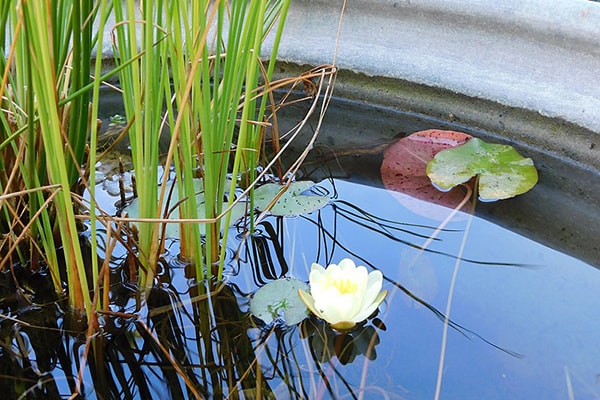
Water in the garden attracts a whole host of creatures - and most are highly beneficial for the garden. But something the size of Keswick is beyond 99.99% of gardeners.
So, grab yourself a large bucket or old washing up bowl. Place it in a semi shaded place in the garden and ensure it is stable and safely away from little hands. Put a layer of gravel into the base of the container and then fill with water – preferably rain water from your water butt as it doesn’t contain chemicals. Then you can plant up with little aquatic plants and leave it alone.
You may get an algal bloom (loads of stringy green algae) at first but things will soon settle down and creatures will find the water. Birds will use it. Pond skaters and water lice (sound nasty but are good) will soon set up home.
If you bury the pond up to its edge ensure you put a log or stepping stones from the water to the surrounding soil to help bigger creatures such as hedgehogs to escape.
Remember to always practice water safety with children.
Bug bingo
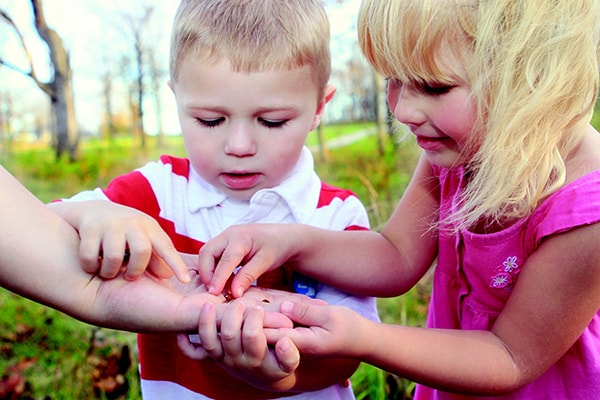
There are so many helpful creatures in the garden who will teach little ones about the importance of a big picture garden.
Try bug bingo.
Cut and paste a few images of common bugs onto a piece of paper and away you go - ladybirds, woodlice, beetles (they are so good), earwigs, worms… All are great, many are easily found under pots and stones, and all, once spotted, are never forgotten or underappreciated.
Let Go and GYO
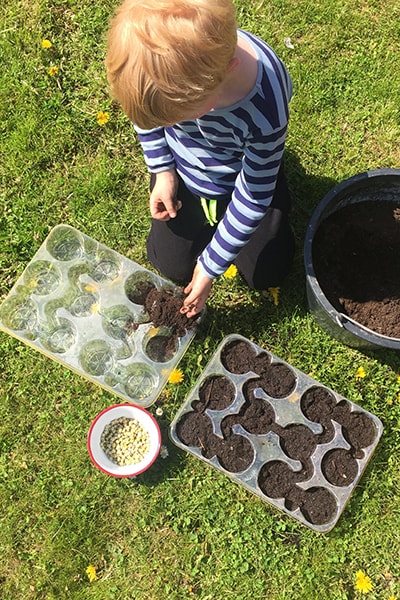
The temptation is to try and manage and cultivate your own garden to your own exacting standards.
Relax. Hand over a portion of your garden to your children without any guidelines… except that they have to grow their own food! How good is that - total responsibility, education into where food actually comes from and, to be honest, tastier than anything you'll ever buy.
Now, you’re not going to be self-sufficient in weeks, months, years or ever - but the fun they'll have is better than anything else you will ever do in the garden.
Start with easy wins such as radish, lettuce leaves and finger carrots - sow, wait, eat. Potatoes are simple. Peas will be too good to ever make it to the kitchen. French beans - easy.
Choose a sunny position, wait for any frosts to pass and crack on.
Den building
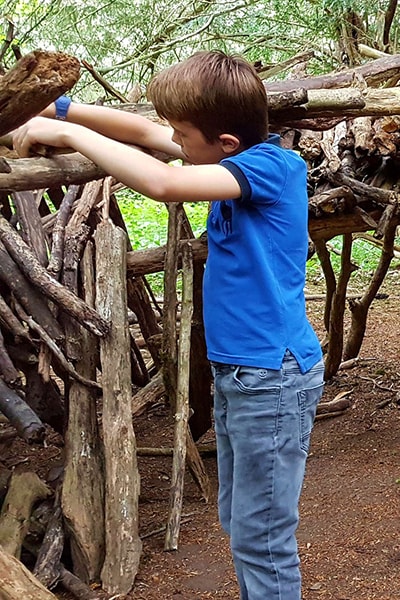
Nothing beats getting your hands dirty in the garden (it is actually medically good for children as it increases immunity to many bacterial and fungal diseases).
Building a den from fallen branches, cuttings, old bamboo canes and other strong materials is a superb way to have fun, get the fresh air, get dirty and use imaginations.
Once you have played all day and evening in the den, and possibly the next day or week, leave the den to deteriorate.
Birds will use it to nest, hedgehogs will seek refuge there and insects will set up home.
Everyone is a winner.
Make sure structures are stable and safe.
Hidden stones
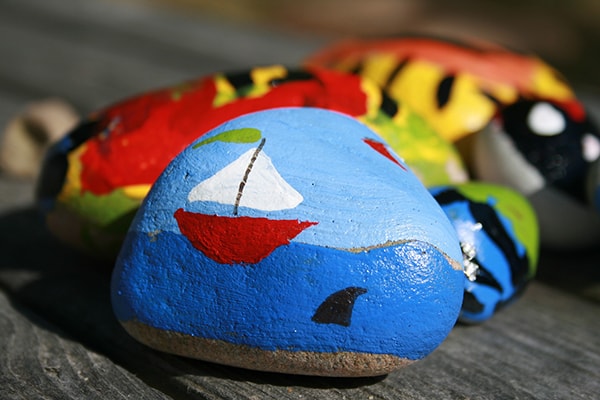
Get crafty and paint large stones with images of flowers, friendly bugs, rainbows, or simply happy smiling faces and hide them around the garden.
Then get the little ones to find them, and once found, hide them again. Friends can join in after the social distancing restrictions are relaxed.
It’s great fun, gets everyone to explore every part of the garden and is so much better than an Easter egg hunt as the stones don’t melt in unseasonably warm weather.
Play shed
Convert your shed into a playhouse. Curtains at windows, sofa and chair in place of old paint cans, clever use of a saw to create a stable door all add up to easy ways to a superb playhouse.
Create a garden around your shed (picket fencing is easy to make or buy) complete with a winding path to the front door. Go crazy with paint and colour your shed (use up those old cans to save recycling space).
Or buy a ready made playhouse and enjoy watching your offspring spend hours of energetic play in what could be the biggest asset your garden can offer. Take a look at this Shire Kitty Playhouse or our full range of playhouses here.
If repurposing a shed, make sure all dangerous tools, chemicals and surfaces are removed first. Ensure the door cannot lock a child in.
Feathered friends
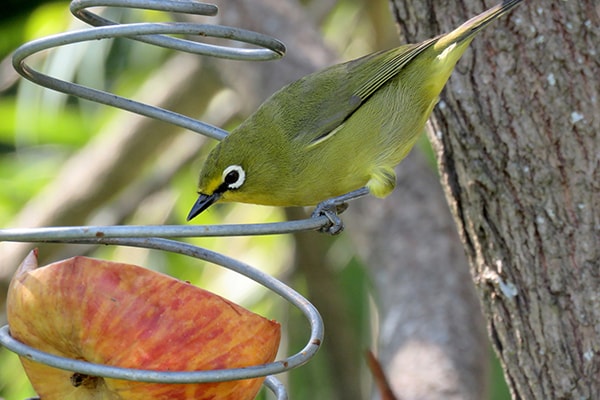
We are not alone in the garden and birds are a critical aspect to a healthy and diverse garden. Encourage them to visit with a bird table or feeders.
Children can make their own bird balls: mix up fat (lard) with bird seed, press into old yoghurt pots or shape into spheres, place a piece of string in the sphere or pot and allow it to set. Hang these up and stand back.
An apple tied up in a tree is the easiest bird feeder. Or pop a few hole in an empty water bottle. Slide twigs through the holes, fill with seed and tie to a branch. Bon appetit!
Create a homemade bird bingo card to track how many different birds visit.
Bug hotel
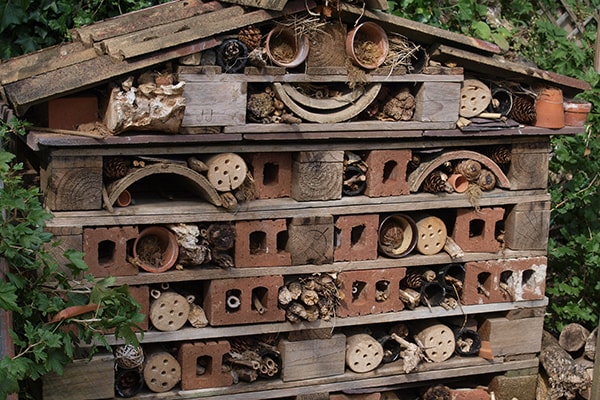
Bugs need our help. From big beetles to microscopic fungi, we and the garden need them all. A sterile garden, manicured to within an inch of its life is no good for bugs.
Make bugs and wildlife feel welcome by creating a bug hotel with your children. It will help develop a full understanding of what an ecosystem looks like and how it works.
In its simplest form, a bug hotel can be a pile of leaves and twigs. A much better looking and more diverse structure can be created using an old pallet. Place this on solid, even ground and start to build.
First floor: old bricks complete with ‘frogs’ (the bits you use to grab the bricks) and spaces between the units.
Second floor: a layer of cut branches, varying diameters, again with snug gaps between each one.
Third floor: oh, maybe a layer of thinner twigs might be nice.
Continue with a few layers of thick cardboard followed by more twigs, a layer or two of bamboo canes cut down to length. Maybe then a mixed floor of spare bricks, stones, twigs followed by a dry roof of cardboard and leaves.
Now that lot will be irresistible to insects, fungi, bacteria, and maybe larger beasts such as cute field mice. Phew, that is biology in action!
Ensure the bug hotel is stable and will not topple over onto children.
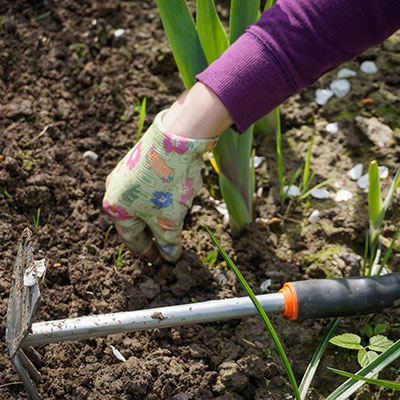
As well as the creative side of gardening, the good old weeding, digging and mowing is, for many, the crucial part of gardening.
With a bit of financial incentive, garden chores are a great way to teach your children about earning money.
Obviously keep all activities safe but a fiver to mow the lawn is surely a good investment. Think of the exercise your children will get while you laze in the shade directing from a distance. Just a thought!
Happy Gardening!

